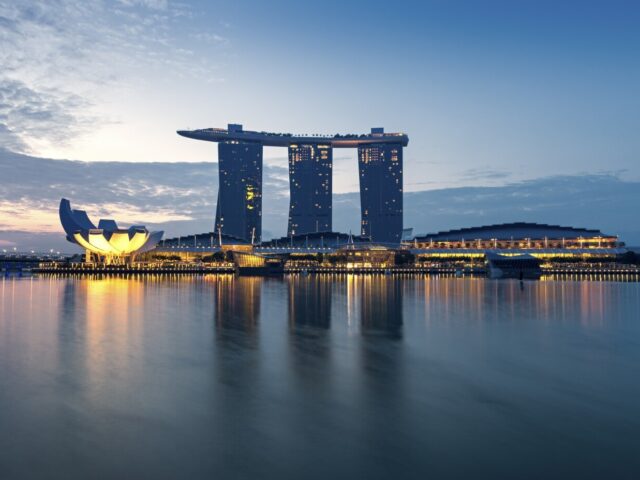To study London from the perspective of Feng Shui you first need to know a little about its long and chequered history with a succession of invaders all seeking to leave their mark such as the Romans, Queen Boudicca, the Vikings and Normans.
It has had its fair share of disasters including 16 outbreaks of bubonic plague between 1348 and 1665 followed by the Great Fire. And after rising like a phoenix from the ashes, London once again suffered terrible damage during World War Two. However, despite its many setbacks, the city has flourished, drawing its life blood from the River Thames which plays a pivotal role in London’s most auspicious feng shui.
The water dragon
Like many of the world’s great cities, London is sited on a river. The ‘water dragon’ of the River Thames exerts a powerful influence, enhancing the energy and ensuring that this thriving metropolis enjoys auspicious luck and good fortune. Perhaps it is this element of feng shui that lies behind Samuel Pepys’ famous saying, ‘If you are tired of London, you are tired of life’.

From its source at Thames Head in Gloucestershire, the Thames winds its way east wards where the energy is especially vigorous and vibrant through affluent neighbourhoods such as Richmond, Chiswick, Barnes, Fulham and Chelsea. Interestingly, at Westminster the Thames flows past the back of the Houses of Parliament, although if it ran in front of the building, the river would have a more auspicious effect.

SPONSORED
Past the West End the river’s course slows and its energy starts to weaken. This is reflected in the decline of the once thriving East End. A residual negative energy still pervades the older parts of East London which have not benefited from new development and many older buildings are still in a state of dilapidation. However, the re-development of the docklands has lifted the energy of that area which is now a flourishing part of London with new offices, shops and luxury homes.
After riding out its initial problems, Canary Wharf has begun to draw from its auspicious site on a large meander of the Thames. The shape of this meander is known as the ‘belly of the carp’, the carp being the symbol of prosperity in Chinese philosophy.

Auspicious landmarks
Buckingham Palace is one of London’s most famous buildings and exhibits many interesting features. This handsome landmark would benefit from some foliage at the front of the building which would create greater harmony of Earth (the building) and Wood. A small landscaped garden or a display of large potted plants would help balance too much Earth Element – feng shui a harmony of yin and yang will attract good ch’i.
Although the Mall directs straight lines towards the palace gate sending ‘poison arrow’ negative energy, the harmful effects used to be minimised by the Victoria Memorial and fountain in front of the palace. However, since the traffic pattern around the monument has been changed to link it with the palace, its protective powers have declined.
In contrast, the Queen Mother’s official residence, Clarence House faces St James’s Park and benefits from the ‘bright hall effect’ which brings great auspicious luck to her. as such she enjoys good health and longevity and is perhaps the best-loved members of the Royal Family.
Lighting the way to success
Yang energy in the form of light is a good enhancer of fame and recognition. This is particularly noticeable with the department store Harrods which is festooned with bright lights at night. As well as attracting attention to the building, it has also brought success to the world-renowned store favoured by the rich and famous.
Another clever use of light is the Dorchester Hotel, the Sultan of Brunei’s hotel on Park Lane. A huge tree stands just outside from the main entrance which directs harmful ‘poison arrows’ towards the building. Fortunately, the tree is perpetually lit with white Christmas lights which not only signals the hotel’s presence but also combats the ‘poison arrows’ from the tree.

In contrast, buildings with bright, airy entrance halls such as the Daily Mail office in Kensington, with its spacious glass atrium, attract vibrant positive ch’i from the sunlight. At the moment it is popular and enjoys a high circulation, although this may be affected by its planned move to a new site.
Disharmony
The principles of feng shui seek to create harmony and bring good luck by balancing the five traditional Chinese Elements of Wood, Fire, Earth, Metal and Water and combating any harmful forces.
Although the Channel Four building at Horseferry Road and the Lloyd’s Building in the City are undoubtedly futuristic and challenging from an architectural viewpoint, from a feng shui perspective, the architect who designed both has shrouded them in too much Metal.

This tends to create an imbalance of energy which gives off a cold, unwelcoming atmosphere which may lead to disharmony among the employees. Meanwhile, the imposing MI6 building at Vauxhall is built like a fortress with an aggressive design of an angular facade which sends out a formidable and unwelcoming signal of secrecy, which is presumably its purpose.
Piccadilly Circus is a busy thoroughfare that suffers from a high concentration of energy with traffic converging from Haymarket, Regent Street, Shaftesbury Avenue, Piccadilly and Coventry Street and focussing on the statue of Eros.
While this hive of activity may be good for local business, the over-abundance of yang energy will also inspire some to be very high-spirited, which results in rowdiness which is quite frequent in this yang hot spot.
Overall London is a brilliant pastiche of architectural styles. Many of its buildings take advantage of the River Thames and its many parks. Other buildings have helped to destroy the welfare of their occupants.
 |  |  |
![]()
SPONSORED






